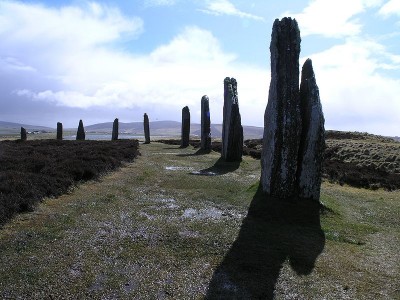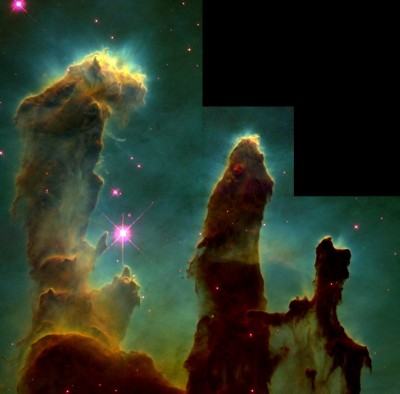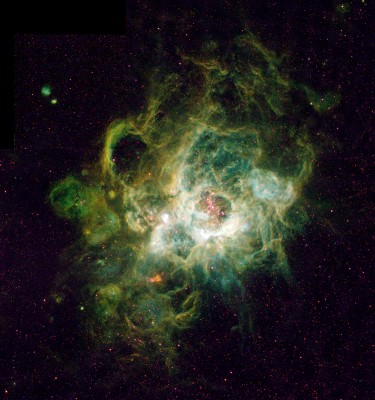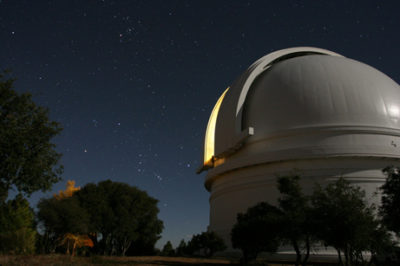Several friends were perplexed by all the recent fuss about Pluto. Unfortunately, most of the media coverage was quite misleading. It focused on Pluto, when in reality the root of the question before the International Astronomical Union was a very fundamental one: How do we define a “planet”?
Although it seems strange, astronomers have so far called objects “planets” without ever clearly defining what a planet is. It’s an object that revolves around a star alright, but how does a planet differ from a comet or an asteroid?
Pluto has been called a planet ever since it was discovered in 1930, even though it is a very odd fellow. Compared to the other planets of our solar system, Pluto’s orbit has a different angle. And although it was often called the sun’s outermost planet, Pluto’s strongly elliptical orbit takes it closer to the sun than Neptune during a part of the plutonian year. It gets stranger: Pluto’s moon Charon is so large that it does not really orbit around Pluto. In fact, the two bodies orbit around a common center of gravity, a point in space. That would make Pluto and Charon double-planets, just like there are double-stars.
Because Pluto is so dissimilar to the other eight planets, some scientists have theorized that Pluto did not form out of the primordial solar system’s gas and dust cloud. Instead, it might have formed in interstellar space and was later captured in the Sun’s gravitational field. A “space orphan”?
A dilemma arose when better instruments discovered several other “oddball” objects outside of Neptune’s orbit. So far, we have found over 1,000 of them. We don’t know how many more there are. And there are more than 100,000 known asteroids. Which of these should we classify as planets? Clearly, a precise definition was needed.
So what the IAU’s debate was really about was the definition of “planet”. And then it turned out that if the agreed upon rules are applied, Pluto just didn’t make the cut. Neither did the newly found objects 2003 UB313 (“Xena”), 2005 FY 9, 2003 EL61, Sedna and Quaoar.
Science measures things in nature and then applies the observed measurements to a system of classification. Sometimes there are errors and misclassifications which need to be corrected in order to maintain consistency.
Thus, tomatoes are not really vegetables, but fruit. Bananas are not really fruit, but berries. And although it may be nuts to some: peanuts are really no nuts, but legumes. Cashews aren’t nuts either — they are seeds. And Pluto? Well, it’s not really a planet.
The current issue of Newsweek (Sept. 4, 2006) features an excellent cover story on the subject. (Their web site on MSN is terrible and does not run well on a Mac, which is why I’m not including a link here).
PS: On Sept. 7, the Minor Planet Center, which is responsible for collecting data on asteroids and comets, assigned Pluto’s new designation: Asteroid number 134340. There are currently 136,563 asteroid objects recognized by the MPC; 2,224 new objects were added last week. Other notable objects to receive asteroid numbers included 2003 UB313, also known as “Xena,” and the recently discovered Kuiper Belt objects 2003 EL61 and 2005 FY9. Their asteroid numbers are 136199, 136108 and 136472, respectively.
Of course, for practical purposes, Pluto will always be called “Pluto”.
http://nineplanets.org/pluto.html
PS: IAUC 8747 reports that Xena has been given the official name Eris. Its companion satellite provionally dubbed “Gabrielle” has been named Dysnomia (Eris I).








